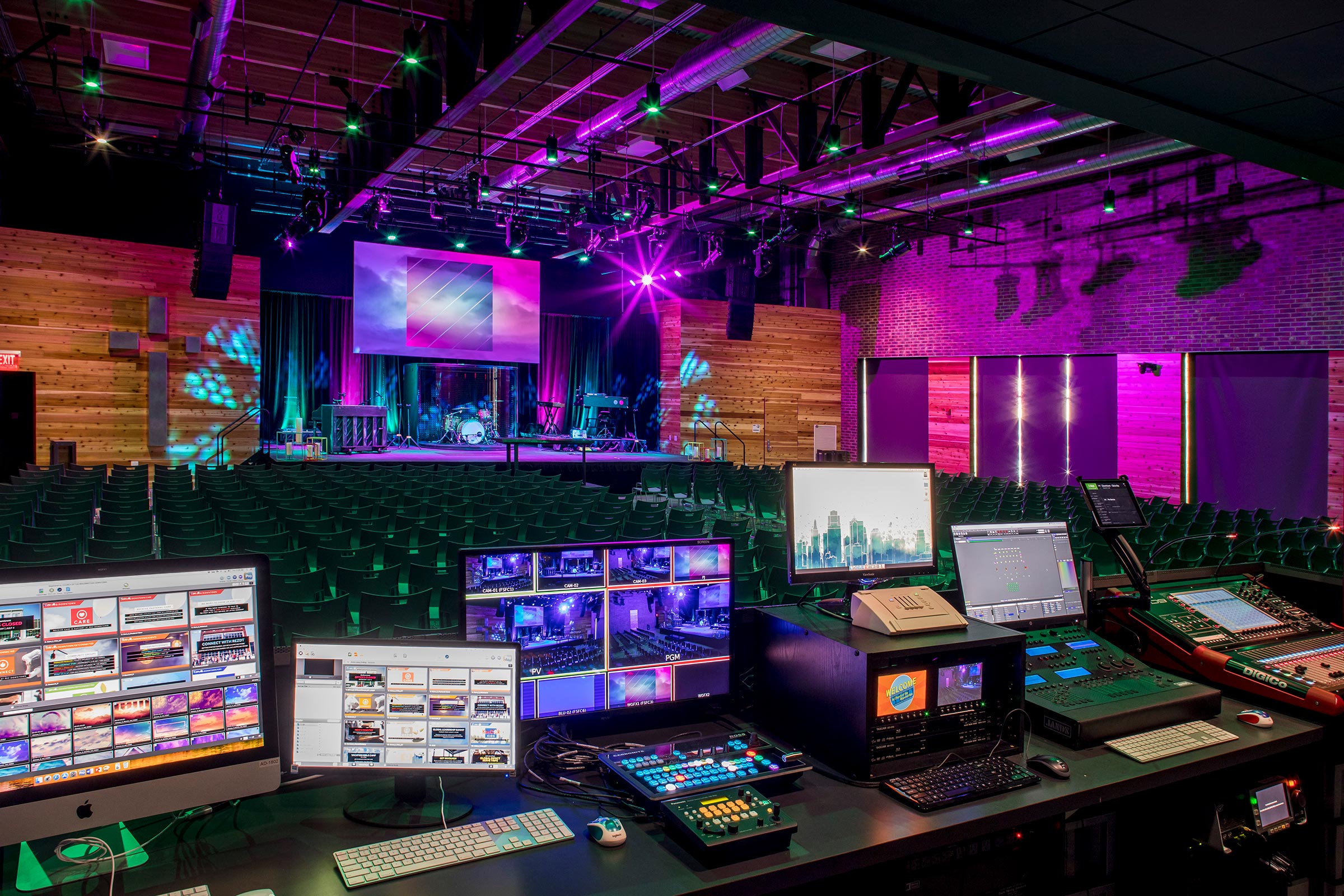Mastering the Art of Capturing High-Quality Sound at Real-Time Events
Wiki Article
Capturing premium audio during real-time events remains crucial to guaranteeing that audience is able to fully appreciate their experience. Whether it is a musical performance, a conference, or theater performance, clear audio can significantly improve the impact of the event. To obtain this, it is important for one to comprehend the different elements involved in audio recording as well as the way to effectively handle these. This article shall discuss key techniques and tools which can help with mastering this craft of capturing premium sound.
One of the first steps to recording excellent sound in choosing the right equipment. Mics have an vital part during this. There are different types for mics, including dynamic, condenser, as well as lavalier microphones, each suited to particular circumstances. Dynamic-type mics are often used for loud environments, such as concerts, because can handle high sound pressure intensity. On the other hand, condenser mics tend to be generally sensitive and tend to be best for quieter settings, such as speeches and discussions. Understanding the strengths and disadvantages for every kind shall assist with selecting the best microphone to an event.
Along with addition the selecting a right microphone, positioning it appropriately remains crucial to capturing crisp sound. Proper positioning of the microphone may significantly affect the audio clarity. For example, placing a mic too distant from the sound origin may lead in faint audio, whereas placing the mic too close may cause clipping. One must important to achieve the middle ground that captures full entire range of audio while avoiding losing clarity. Experimenting different various positions before an event may help with determining a most effective placement for optimal audio clarity.
A further crucial element to consider the the surroundings in which the takes place. Ambient noise may interfere with the clarity, rendering the audio difficult for audience members in order to hear the main primary sound source. In order to reduce unwanted noise, one should beneficial for one to perform a audio test before the event starts. Such a check allows an sound engineer in order to detect any potential issues as well as make adjustments as needed. Additionally, using acoustic materials and live event production for concerts setting up in a more peaceful area may additionally assist with minimizing ambient sounds and enhancing the sound quality.

Finally, post-production has a significant part in enhancing sound quality. After an occasion, audio editing software may be used to refine up recording, remove any extraneous noise, as well as modify volume for consistency. Such a step is is to guaranteeing that the final result achieves high quality. By taking time time in edit and enhance the, the end outcome will become an polished audio that accurately captures the live event. Perfecting these techniques will not just improve the clarity of sound captured at real-time events but additionally improve the entire experience of the audience.